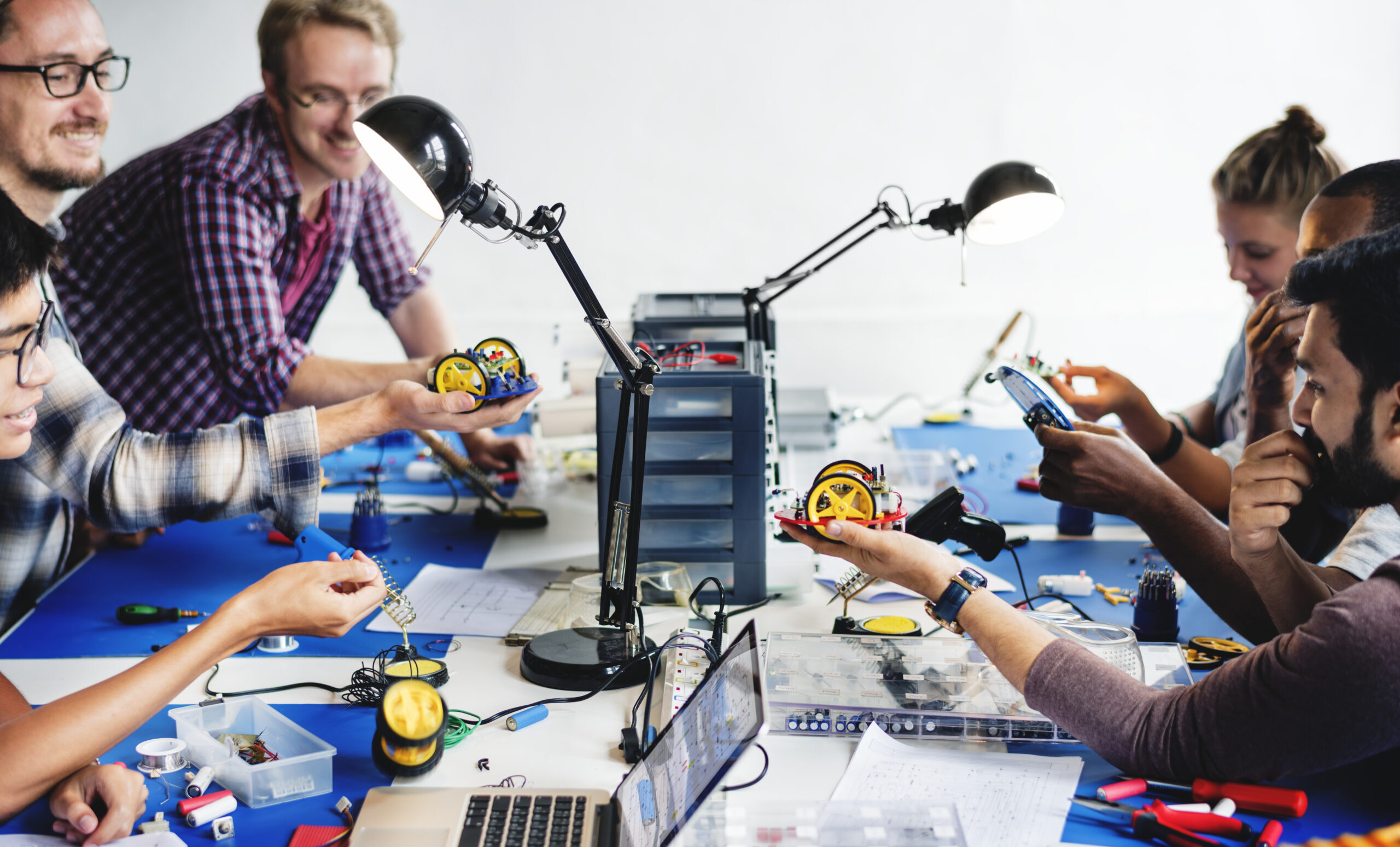We can not say enough about how important STEM (science, technology, engineering, and math) education is for shaping the future in the 21st century, when things change so quickly. The demand for skilled workers in these fields is at an all-time high as we move deeper into a period of rapid scientific and technological advancement. Because of this, schools and teachers all over the world are always coming up with new ways to prepare students for the challenges and chances that lie ahead. This piece talks about the cutting edge changes in STEM education that are making the future brighter and smarter.
Embracing Digital Learning Platforms
The digital revolution has changed the standard classroom by creating many online learning platforms that offer hands-on STEM education. The power of AI, virtual reality (VR), augmented reality (AR), and game-like elements is used by these tools to make learning more immersive. Sites like Khan Academy and Coursera, for example, let students access many STEM classes, so they can study difficult ideas at their own pace. Students can also do virtual lab activities and look at 3D models of molecular structures using VR and AR tools. This makes learning not only fun but also very useful.
Project-Based Learning (PBL)
Project-based learning has become a very effective way to teach STEM subjects. It changes the focus from memorization to handling problems with your hands, which encourages students to use what they have learned in real life. PBL gives students the chance to work together on difficult projects that require them to think critically, be creative, and work together. This method not only helps them learn more about STEM topics, but it also teaches them important life skills like how to work with others, communicate, and manage their time.
Coding and Robotics Together
Coding and robotics are being taught as part of STEM classes to get kids ready for the digital future. Kids who learn to code from a young age develop their ability to think logically and solve problems. Kids who learn robots learn about engineering and automation. Coding boot camps and robotics clubs are becoming more common in schools and training programs. These clubs give students the chance to build and program their own robots. Young students need to have this kind of hands-on experience in order to become interested in science and engineering.
Collaborative Learning Environments
Another important change in STEM education is the move toward shared learning spaces. People are rethinking traditional classrooms as places that are always changing and encourage students to work together and talk to each other. Peer reviews, interactive talks, and group projects all help students share their ideas and work together, which is what the school wants. These kinds of settings are very important for helping students learn how to get along with others and getting them ready for the collaborative nature of the STEM field.
Tailored Learning Experiences
STEM education is becoming more personalized than ever before thanks to new tools that adapt to different learning styles. These technologies use algorithms to look at how students learn and change the lessons based on that. This way, each student can have a personalized learning experience that fits their skills and weaknesses. This individualized method makes sure that all students can do well in STEM topics, no matter where they come from or how they learn best.
Global STEM Initiatives
Because everyone knows how important it is to learn STEM subjects, many global programs have been created to help people all over the world learn STEM subjects. In order to improve STEM education in developing countries, groups like UNESCO and the World Bank are leading projects that give funding, training, and support to communities that need it. These programs are very important for closing the education gap around the world and giving all kids the chance to be a part of the STEM-driven future.
Conclusion
The above list of innovations in STEM education shows that people around the world are working hard to get the next generation ready for the challenges and chances that lie ahead. Teachers are improving STEM education by using digital platforms, project-based learning, coding and robotics, collaborative spaces, personalized learning experiences, and global initiatives. These methods not only help students learn more, but they also encourage them to keep learning and coming up with new ideas throughout their lives. Even though the 21st century is still very complicated, it is clear that STEM education has a bright future full of endless opportunities for growth, discovery, and new ideas.
